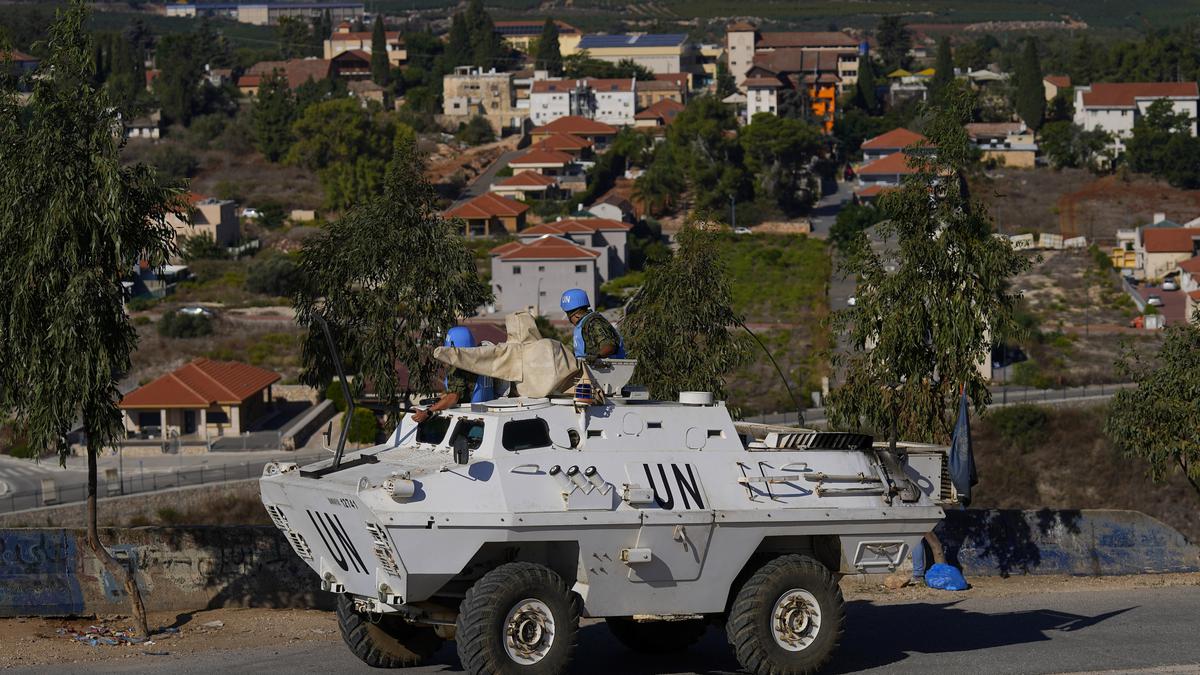Growing up in the 1990s in India meant having seen an ad for a glucose-based drink on television in which the Sun literally sucks the life-force out of children with a giant straw as they are playing. This ad has started to hit closer to reality. India has increasingly been in the grip of more frequent and intense heat waves, with outdoor workers especially struggling with the rising mercury.
A recent study published in Science Advances showed that it wasn’t just India: the whole world is grappling with slower and longer heat waves.
Temperature and circulation
Heat waves have a terrible impact on human and animal life, with increased risk of wildfires, damaged crops, and worse health. Analysing temperatures around the world from 1979 to 2020, Wei Zhang, a climate scientist at Utah State University, and his colleagues studied how they have changed over time.
On average, they found, heat waves have slowed down nearly 8 km/day each decade and lasted longer by about four days — the effects being particularly drastic in North America and Eurasia. Heat waves have also increased in frequency, from about 75 events averaged over 1979-1983 to about 98 over 2016-2020.
“In thinking about heat waves and how they would change in the future, there are two pieces of the puzzle that climate scientists think about,” Rachel White, an atmospheric scientist at the University of British Columbia, said. “One of them is thermodynamics: it’s just about the temperature. As temperatures are getting warmer, heat waves are going to get warmer. The second piece is the dynamics: the atmospheric circulation patterns that cause heat waves.”
There are still some open questions around how those might change in a warming world.”
The heat moves
Previous studies have mostly focused on how frequent heat waves are or how hot it gets during one. In this study, the researchers classified contiguous heatwaves as events with extremely high temperatures, covering more than a million square kilometres, and lasting for longer than three days. They then tracked the movement of these huge masses of hot air over space and time, studying how far and how fast they were moving – one of the first groups of scientists to do so.

Instead of just focusing on the frequency and the intensity of heatwaves, the study also checked how fast they were propagating and how long they lasted. By looking at how heat waves move over time and space, Dr. White believes the study has bridged the gap between the thermodynamic and dynamic pieces of the heat waves puzzle a little more than before.
“This study is looking at heatwaves like an object that can move and can travel and propagate, which you would miss if you were just looking at one point,” she said. “If you just look at one point, you can be like, ‘oh, the heat wave lasted for 5 days’. But the object itself lasted for longer, it just moved. That’s what they are doing here, tracking them as they are moving, which is cool.”
The guiding hand falters
But what could be causing them to move so sluggish? The scientists analysed the upper atmosphere’s air circulation patterns, to see how the moving air could affect these big blobs of heat. They found that over the years, the jet stream — a fast, narrow current of air that flows from west to east high up in the troposphere — has become weaker.
The jet stream guides atmospheric waves, waves that are caused by the earth’s rotation and which influence the earth’s surface temperature. As the jet stream weakens, these waves also move more slowly, leading to more persistent weather events, and more spells of high and slow-moving heat.
To check if human activity had played a role in this outcome, the researchers ran simulations with temperature data from 1979 to 2020, but included scenarios with and without human greenhouse gas emissions. They found that though natural climate variability and natural events also influenced how heat waves had changed, human activity and greenhouse gas emissions have played a dominant role in rendering the slower-moving and longer-lasting heat.
Dr. White said the next steps would be to further tease apart the role of atmospheric air circulation patterns in contributing to heat-wave dynamics on the ground. Country-specific changes in heat waves over time would also be some of the missing pieces of the puzzle she would like to see. “I think there’s just a lot that can be done with this dataset, now that they have created it,” she said.
Heat waves are changing
Dr. Zhang does plan to delve deeper into regional differences as part of the group’s next steps, while also working on climate adaptation strategies. “Given that heat waves have such a huge impact on human health and the environment, we need to think about climate adaptation,” he said.
In densely populated urban areas, some strategies to better mitigate changes in heat waves would be to plant more trees and increase green infrastructure – an undertaking Dr. Zhang has himself been involved in. Together with Tree Utah, an NGO, he has been engaging people in planting and taking care of trees. He has also been teaching a class on Climate Adaptation Science at Utah State University, where he helps students learn and apply climate adaptation strategies, with projects like working with farmers on alternative crops.
“This paper is another form of evidence that climate change is altering these extreme weather events,” Dr. Zhang said. Adding to the already long list of studies, like how the intensity of hurricanes has increased or how there is extreme precipitation, this study, in Dr. Zhang’s words, “is another signal of how climate change could influence our daily lives, our health, our environment — by changing the behaviour of heat waves.”
Rohini Subrahmanyam is a freelance journalist.








